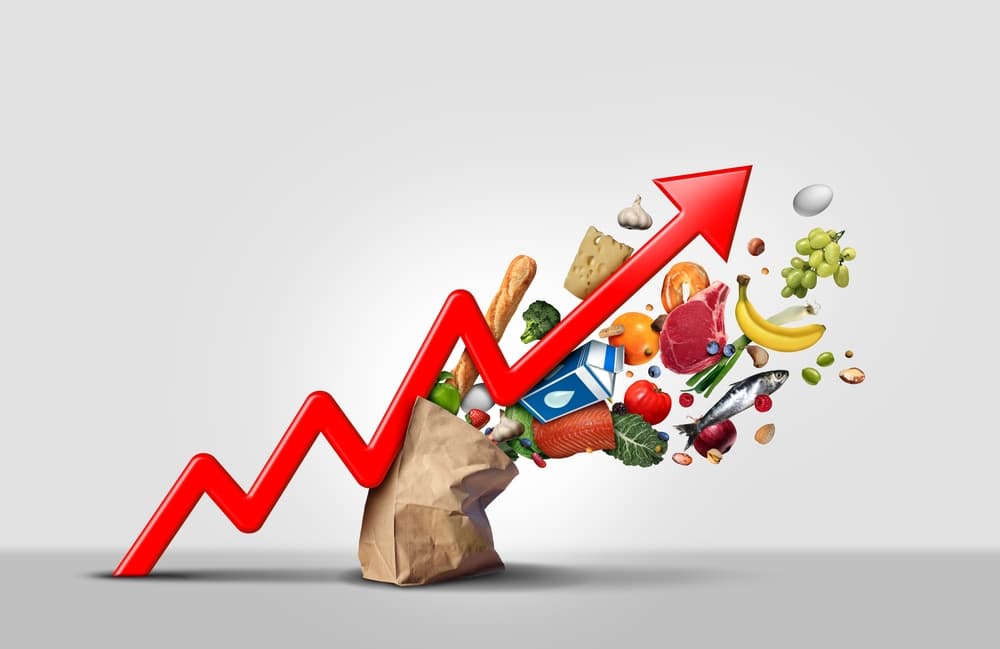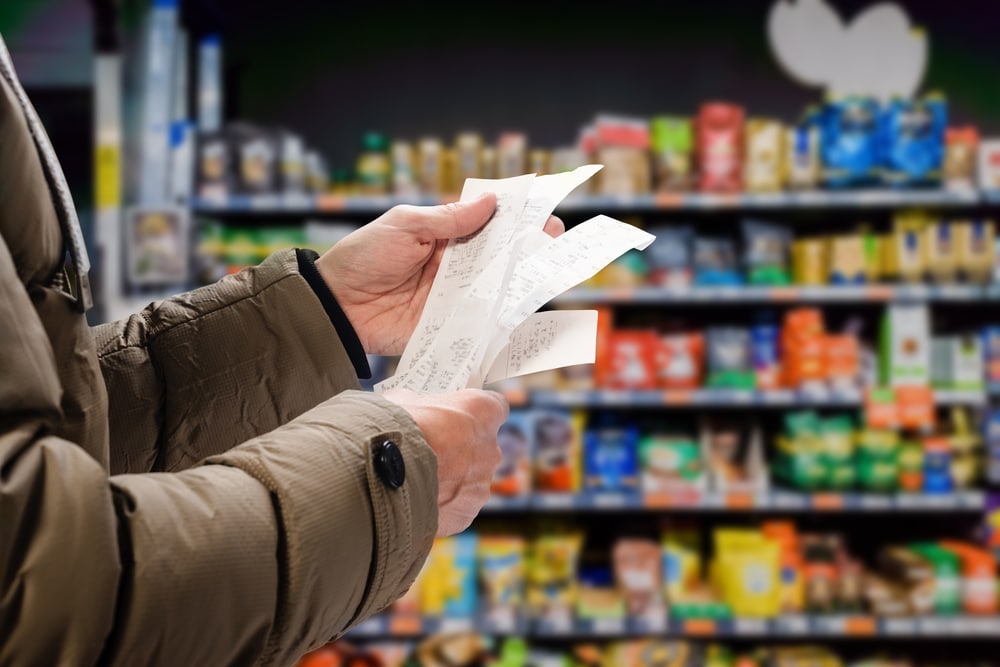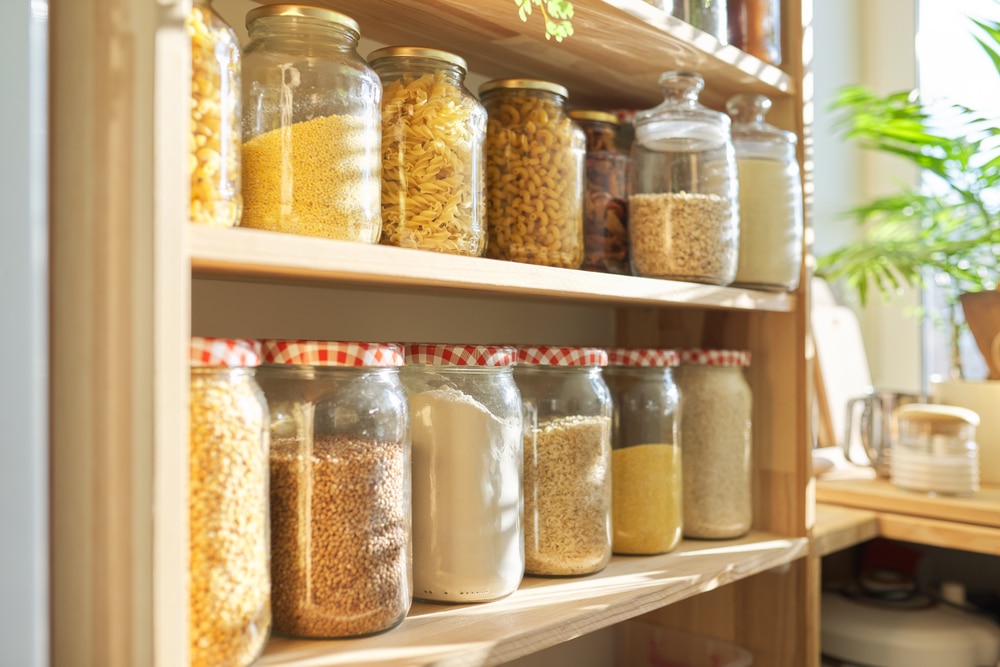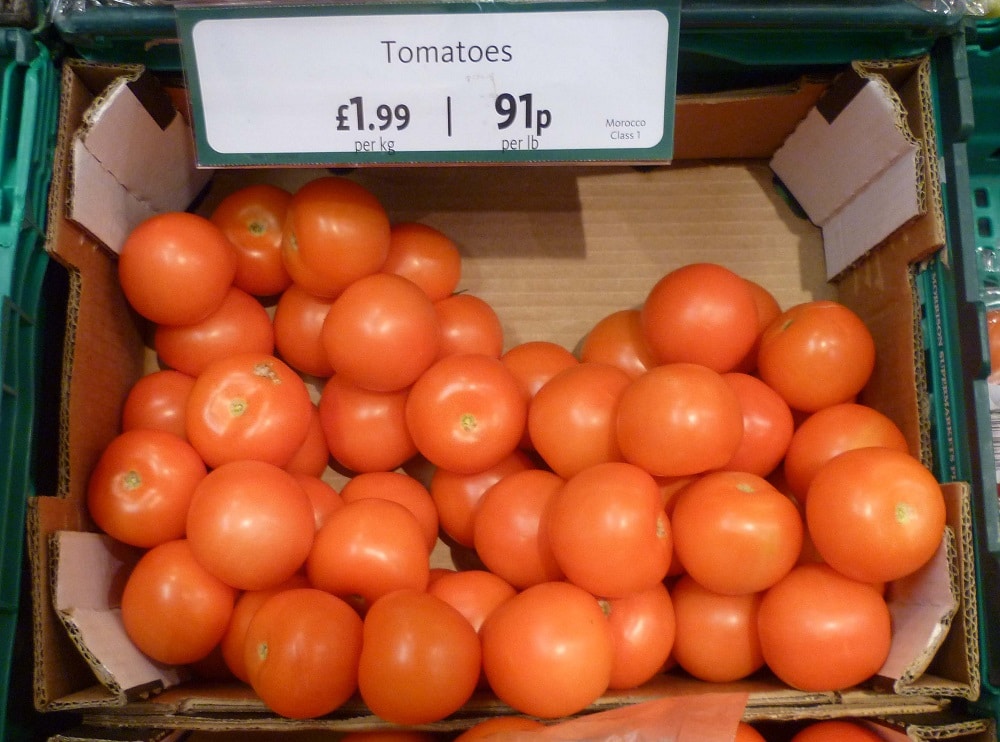Jasmine Birtles
Your money-making expert. Financial journalist, TV and radio personality.


Shrinkflation is a portmanteau word that puts together ‘shrink’ and ‘inflation’. It’s used to explain what’s happening when manufacturers reduce the size of the groceries we buy whilst still charging us the same price.
Have you noticed that packs are getting smaller while the price is staying the same or is higher? Did you used to buy a box of 12 stock cubes but now there are only 10 and yet you’re paying just as much?
Which? have reported that the contents of Nescafé Azera Americano decaff instant coffee shrank from 100g to 90g in Tesco in February this year but its price remained at £5.49. That is an effective price increase to shoppers of 11 per cent per 100g.
Similarly, Walkers Classic Variety Crisps went from 24 bags in a multipack to 22 bags at Tesco, Asda and Morrisons last autumn, but stayed the same price.
These are all examples of Shrinkflation.

Companies say they have no choice. In order to protect their profit margins and their ability to supply the food we love, they need to cut costs. Some companies are up front about what they are doing and why. For example last year Cadbury’s was open about reducing the size of one of their bars of chocolate and admitted the price would stay the same.
You may have seen in the press that lots of people have been commenting on how few quality street there are in a tin this year too.
Shrinkflation is everywhere. Helen Dewdney from The Complaining Cow says, “I think consumers are seeing a lot of shrinkflation. If something has stayed the same price over the last few months it’s probably because it’s shrunk!”

The team at Trustpilot said “Whilst negative experiences with shrinkflation are frustrating, it’s important to remember that consumers are not completely powerless in this situation and actually reviews submitted on open platforms like Trustpilot are a great channel for getting your voice heard by businesses – as well as making other consumers aware of the experience you’ve had.
As many as 89 per cent of consumers across the UK now check online reviews as part of their shopping journey, making earning and maintaining a positive reputation online integral to the health of most businesses. Any business hoping to succeed in the current climate should be making a concerted effort to engage with reviews – genuinely listening to and implementing changes based on the feedback from customers.”
As well as making sure your voice is heard by submitting a review, there are ways to avoid shrinkflation.
One is to use ‘fill your own’ shops. These places sell lots of dried goods (like cereal, pasta and rice) by weight so you know exactly what you are paying for. Shoppers are encouraged to take their own containers from home to fill or refill with as much or as little as they want. If you don’t have anything suitable, then you can often buy recyclable bags or reusable containers from the shop itself.
Another way to avoid shrinkflation is to forget about brand loyalty. Instead of always buying the same thing, shop around and try different products, especially if they are on offer. Lots of supermarket own brands save on fancy packaging to give better value.
Also shop around and use price comparison apps. We’ve written a helpful guide to these sites and apps which you can find here.

If you put whatever it is you want to check the value of into the search bar, you’ll see that usually under each total price is the cost per g. You’ve probably noticed this before but these numbers can really help you get the most for your money.
These prices per g are also displayed on supermarket shelves, so you can easily do this when you’re out and about too. Just beware that you are comparing like for like – sometimes supermarkets change g to kg for example. But with a bit of basic maths you should be able to get a figure you can use.
Another idea is to stock up when you see something is on offer. (Don’t forget the same applies here as with Black Friday sales, it’s only worth doing if it’s something you already need or will definitely use). You can also buy in bulk and lastly don’t forget that world food aisle which lots of supermarkets now have. You can often find your staples for much less.

Sue Davies, Which? Head of Food Policy, said, “Our research has shown that while some popular products have shrunk over the years, the same can’t always be said for their prices – which ultimately means people end up paying more for less.
“Supermarkets and manufacturers must be more upfront about the costs of their products and ensure unit pricing is prominent, legible and consistent in-store and online so price comparisons are easy across different brands and sizes of packaging.”
